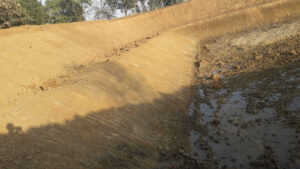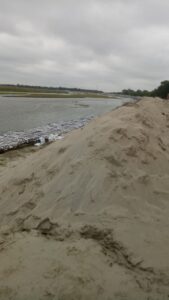Railway Project – Telegaon Case Study
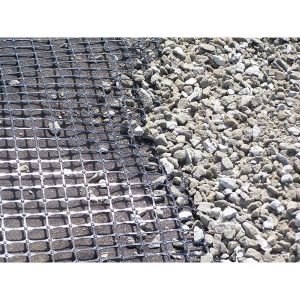
Railways are one of the foremost economical modes of transportation for moving freight also as passengers from one place to another. With the rapid increase in population and therefore the associated traffic jams on highways, the demand for high-speed railway lines is on rising. However, the inherent effect of the introduction of high-speed trains is to induce additional cyclic stresses on the substructure of a railway track that comprises mainly ballast and sub-ballast layers.

Comprehensive research has been undertaken recently to research the characteristics of railway substructures to provide better guidelines to construct stronger, safer, and more economical tracks. The studies still show that the utilization of geosynthetics convincing has some major benefits in rail construction.
Over the years geosynthetics are utilized in rail structures for:
- Soft subgrade stabilization as a sustainable alternative to traditional techniques
- Ballast reinforcement
- Separation/filtration to enhance the steadiness of the sub ballast and capping
- Basal reinforcement of rail embankments
- Reinforced steep slopes
- Waterproofing and drainage
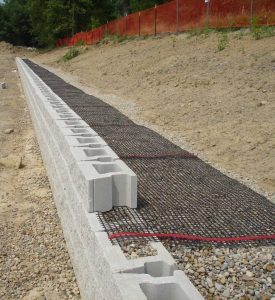
Product
- Ocean Non-Woven Geotextile-300gsm
- Ocean Geogrid-30kn
Quantity
- 12000 sqm
- 12140 sqm
Location
Teletoon, Maharashtra
Problem
Ballast distributes the applied trainload to the sub-ballast layer at a suitable level while maintaining the track alignment and allowing the fast drainage of water. On the other hand, the sub-ballast reduces the extent of stress being transferred to the soil beneath and also acts as a filter medium thereby preventing the upward migration of subgrade soil into the ballast layer. However, thanks to the continuous passage of trains, ballast being unbound in nature undergo a big amount of lateral deformation and particle degradation which directly contributes to tracing settlement.
The excessive deformation and degradation of ballast results in track misalignment that involves either the imposition of speed restrictions or the conduction of costly track maintenance operations. During this view, railway organizations around the world have recently started using geogrids for stabilizing railway tracks. In practice, the geogrids are generally placed at the rock bottom of the ballast layer (i.e., at the ballast-sub-ballast interface) so that an equivalent won’t obstruct the track maintenance process. Once in situ, geogrids & geotextiles generate a non-displacement condition that limits the lateral movement of ballast that subsequently reduces vertical settlement and deformation of ballast.
Solution
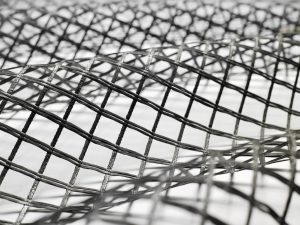
A high-speed railway project for trains with high speeds was recently completed in Telegaon and used at locations of high embankments underlain by soft clays and loose sands. Ground improvement using geosynthetics within the project primarily included geogrid-reinforced piled embankments with individual pile caps, geogrids at bridge approach transitions, geogrids for ground treatment beneath culverts, geogrids for culverts supported by stone columns, nonwoven geotextiles for cement column works, non-woven geotextiles for excavation work, non-woven geotextiles at the highest of the railway subgrade layer, non-woven geotextiles for temporary retaining walls and nonwoven geotextiles for slope protection works. The utilization of geosynthetics within the various railway applications within the project was found to supply safe and cost-effective solutions to the varied geotechnical engineering challenges encountered.

